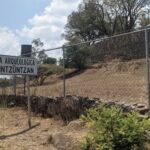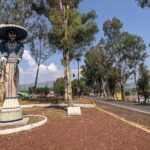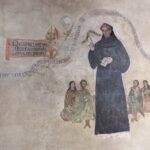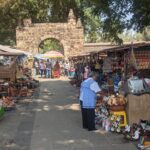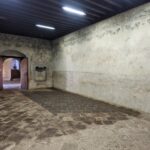Before the Mexican state of Michoacán existed, the mighty Purépecha people ruled the region. The Purépecha empire also referred to as the Tarascan kingdom by scholars, is lesser known than the Aztecs, yet in many ways was more powerful, having never been defeated by the Aztec Empire.
The Aztecs are much more widely known because of not only being part of the pre-Columbian history of the nation’s capital, Mexico City but also because of extensive written documentation (codices) left behind by Aztec priests.
Basically, the Aztecs had better publicists.
Ruling from the capital Tzintzuntzan on Lake Pátzcuaro, the Purépecha lived mainly a peaceful existence, effectively utilizing the bountiful natural resources available to them. With a superior knowledge of metallurgy, they even traded with the Aztecs between their unsuccessful conquests.
Sadly the great empire was forever changed with the arrival of the Spanish conquistadors.
The Purépecha were not defeated by the conquistadors militarily but with the introduction of European diseases like smallpox which decimated the population. In this weakened state and on hearing of the conquest of the Aztecs by Cortés, the Tarascan emperor, Tangaxuan II had no choice but to pledge his allegiance to Spain.
Taking advantage of the situation, the ruthless conquistador Nuño de Guzmán had Tangaxuan II murdered and plundered the region.
His brutality even shocked his fellow soldiers to the point he was sent back to Spain to face charges for his heinous actions.
To replace him they sent Don Vasco de Quiroga who became Bishop for the whole of Michoacán. In an act of contrition for past atrocities, he treated the indigenous population with kindness.
Inspired by Thomas More’s proto-socialist book Utopia, Quiroga created numerous self-governing towns surrounding Lake Pátzcuero for the Purépecha population.
Each town was then assigned an industry or a craft, like coppersmithing, basket weaving, embroidery, guitar making, etc…
The wonderful thing is that these artisanal traditions still exist today, having been passed down from generation to generation for over 400 years!
Last year I visited a few of these towns.
In Capula I purchased ceramic caballitos (shot glasses) created by Purépecha artisans. Each caballitos painted with designs created centuries ago.
The once seat of the Purépecha empire Tzintzuntzan has a bustling market just outside of the a fascinating 16th-century monastery.
In the town of Quiroga, I tasted what is considered the best carnitas in Mexico.
The main town on the lake is also known as Pátzcuaro. Designated a Pueblos Magicos for its well-preserved and beautiful architecture, it is the home to many ex-pats.
The area around Lake Pátzcuaro, especially Janitzio Island, is probably the most popular destination for the Dia de Muertos (Day of the Dead) holidays in Mexico. So popular in fact that you need to book at least a year in advance to get near there.
The filmmakers of the Disney movie Coco, were inspired by the customs and traditions of Purepecha people and used the pueblo of Santa Fe de la Laguna, next to Lake Pátzcuaro as the model of the town shown in the film.
Only an hour or so outside of the beautiful Michoacán capital of Morelia, you can visit the various towns and experience this preserved slice of the history of the Purépecha.
Morelia is just over a 3-hour flight from Tijuana and usually costs on average $180 round trip.



